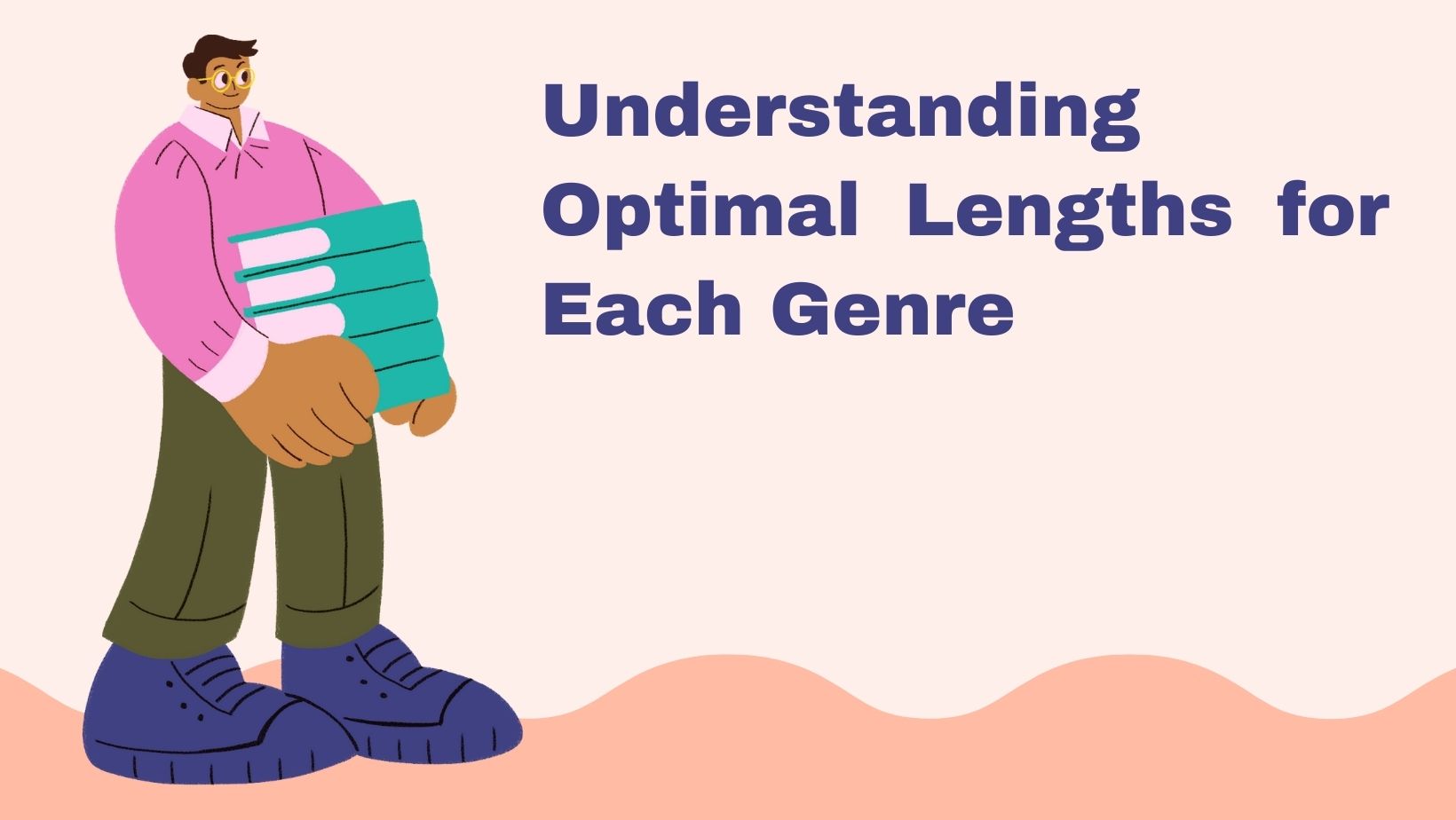If you want to write a good book description, there are a few things you should keep in mind. First, make sure to include the basic plot of the book. Second, try to be creative and witty in your writing. And lastly, don’t give too much away – you want potential readers to be intrigued, not turned off!
In this blog post, we’ll uncover key strategies to write a good book description that resonates with your potential readers and enhances your book’s marketability.
Table of Contents
Understanding Book Metadata
If you want to sell your book, you need to understand book metadata. Book metadata is the information that appears on the back cover or inside flap of a book. This includes the title, author, publisher, ISBN, and a brief description of the book.
Most authors don’t give much thought to their book metadata, but if you want to sell your books, you need to pay attention to it. Here’s why?
- The title and author are what show up in search results, so you wish to make sure they are accurate and reflective of the content of your book.
- The publisher and ISBN are important for inventory purposes. If a retailer wants to order your book, they will need this information.
- The description is critical for selling your book. This is what potential customers will read to decide whether they wish to buy your book.
So, how do you write a good book description?
- Keep it short and sweet. You only have a few sentences to make an impression, so make them count.
- Use keyword-rich language. Include terms that potential customers might use when searching for a book like yours.
The Purpose of a Good Book Description

Most people tend to consider book descriptions to be something that just tells potential readers what the book is about. And while that is technically true, there is much more to a good book description than just summarizing the plot.
A good book description serves several purposes
- First, it should accurately reflect the content of the book. This might seem like a no-brainer, but you would be surprised how often book descriptions get it wrong. Nothing will frustrate potential readers more than starting to read a book only to find out that it’s nothing like what they were expecting based on the description.
- Second, a good book description should be engaging and well-written. This is your chance to really sell your book, so make sure you take advantage of it! Use descriptive language and try to evoke an emotional response in the reader.
- Finally, a good book description should be reflective of the tone of the book itself. If your book is funny, make sure your description has a bit of humor in it. If it’s a serious drama, then your description should reflect that.
Keep all of these purposes in mind as you set out to write a good book description, and you’ll be sure to attract lots of interested readers!
Tips on How to Write a Good Book Description
A good book description can mean the difference between a book that sells and one that doesn’t. Here are some tips on how to write a good book description:
- Start with a hook: The first few sentences of your book description are the most important. You need to hook the reader and make them want to keep reading. Start with something that will grab their attention and make them want to know more.
- Keep it short and sweet: You don’t need to give away the entire plot of the book in the description. In fact, it’s often better not to. Keep it short and sweet, and leave some things for the readers to discover on their own.
- Use strong keywords: Include strong keywords that will help your book come up in searches. But don’t stuff your keywords in there, use them naturally, or else it will sound awkward and forced. Try to include them in the title, as well as in the first sentence or two of the book description.
The Structure of a Good Long Book Description
A good book description should be well-structured, so that potential readers can easily find the information they need. Here is a suggested structure for a long book description:
- Start with a brief overview of the book, including the main characters and plot.
- Introduce the reader to the author, and explain why they are qualified to write this book.
- Describe the target audience for the book, and why they will enjoy reading it.
- Share some glowing reviews from other authors or experts in the field.
- Use strong calls to action to encourage potential readers to buy the book or request additional information.
What’s a Short Book Description?
A book description is a synopsis of the book’s plot that appears on the back cover or inside jacket of the book. It’s also known as a blurb or a synopsis. A good book description should be entertaining and informative, without giving too much away. It should be written in third-person perspective and be no longer than a few paragraphs.
Your book description is one of the first things potential readers will see, so it’s important to make a good impression. A well-written book description will pique the reader’s interest and make them want to read more.
When writing your book description, keep the following tips in mind
- Start with a strong hook that will grab the reader’s attention
- Include key information about the book’s plot, characters, and setting
- Avoid spoilers and avoid giving too much away
- Use strong, descriptive language that will paint a picture in the reader’s mind
- Make sure your book description is error-free and free of typos
Next, learn how to price your book.
Conclusion
Writing a good book description is an art form—one that plays a pivotal role in your book’s success. It’s your chance to captivate potential readers and persuade them that your book is worth their time and money. With the tips outlined in this guide, you’re well-equipped to craft a compelling book description that stands out in the crowded literary marketplace. Remember, your book deserves to be discovered; a captivating description can be the key to unlocking its potential.



